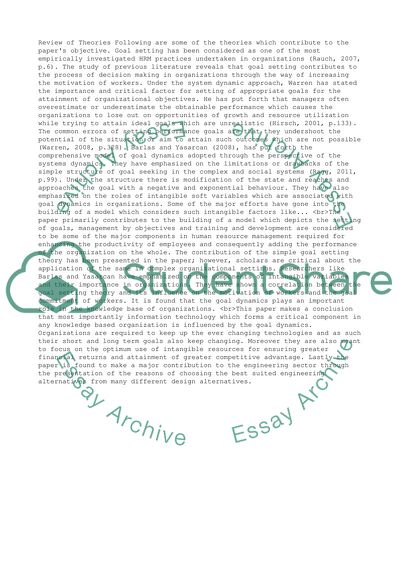Cite this document
(“Critically Evaluate the Contribution the Paper Makes to the Knowledge Essay”, n.d.)
Retrieved from https://studentshare.org/management/1427130-critically-evaluate-the-contribution-the-paper-makes-to-the-knowledge-base-on-strategic-management-in-organisations
Retrieved from https://studentshare.org/management/1427130-critically-evaluate-the-contribution-the-paper-makes-to-the-knowledge-base-on-strategic-management-in-organisations
(Critically Evaluate the Contribution the Paper Makes to the Knowledge Essay)
https://studentshare.org/management/1427130-critically-evaluate-the-contribution-the-paper-makes-to-the-knowledge-base-on-strategic-management-in-organisations.
https://studentshare.org/management/1427130-critically-evaluate-the-contribution-the-paper-makes-to-the-knowledge-base-on-strategic-management-in-organisations.
“Critically Evaluate the Contribution the Paper Makes to the Knowledge Essay”, n.d. https://studentshare.org/management/1427130-critically-evaluate-the-contribution-the-paper-makes-to-the-knowledge-base-on-strategic-management-in-organisations.


